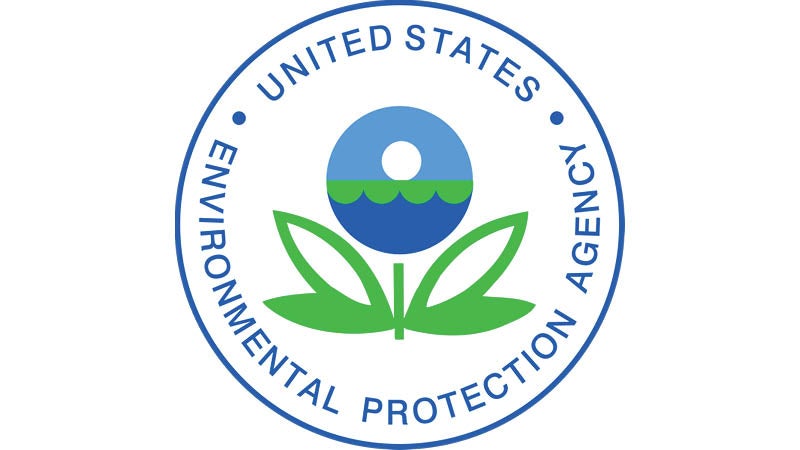Most of former Allied Chemical site off EPA’s Superfund list
Published 11:36 pm Tuesday, August 25, 2020
On Monday, the U.S. Environmental Protection Agency (EPA) announced that it had removed a portion of the Allied Chemical and Ironton Coke Superfund Site from the National Priorities List (NPL). The cleanup of the lagoon and sediment on site is now complete.
The EPA has demolished the former coal and tar plants, removed 375,000 tons of contaminated soil and installed a groundwater treatment system at the Allied site at 3330 S. Third St., Ironton. Operations and maintenance, monitoring and five-year reviews will continue as required.
The coke plant began operations in 1917. In 1977, the facility was sold and operated as Ironton Coke Plant Corp. In 1980, the company filed for bankruptcy and the site was shut down in 1982. The property and facilities were purchased by Iron City Fuels, Inc.
The 129-acre site was put on the NPL in 1983. Allied Chemical bought the coke plant while Iron City Fuels kept the surface facilities and salvaged material from it until 1985 when it went to Allied. In 1999, Allied Chemical merged with Honeywell International.
Honeywell closed the tar plant in 2000 and began decommissioning and clean up of the site in 2001.
The site consists of a former coke plant and five former lagoons, a former tar plant with a main parcel and a river parcel, a section consisting of parts adjacent to a local stream known as Ice Creek and a section known as the Goldcamp Disposal Area. Historical facility operations contaminated soil, sediment and groundwater with hazardous chemicals. The site was divided into three areas, or Operable Units (OUs), for cleanup; the Goldwater Disposal Area (OU 1), the Coke Plant Lagoon Area (OU2) and the Tar Plant (OU3).
The area where the groundwater system is located (Operable Unit 2 ROD Soils Area) remains on the NPL.
U.S. EPA’s cleanup at the site consisted of tearing down a former coke plant, placing protective coverings over disposal areas, converting a former lagoon area into a wetlands ecosystem, digging up and removing contaminated soil and coal from the property, installing a pump-and-treat system for groundwater, long-term monitoring and limiting the use of and access to the site.
“This administration continues to make good on its commitment to pick up the pace of Superfund cleanups so the sites can be restored to productive use,” said EPA regional administrator Kurt Thiede. “Encouraging redevelopment is part of EPA’s core mission, which includes helping the local economy in communities near Superfund sites.”
In 2010, the EPA reached an agreement with Honeywell International for the company to pay $10 million towards the cleanup of the Allied Chemical and Ironton Coke site. The facility produced a number of products during its operations, including phthalic anhydride, pitch, creosote, naphthalene, anthracene and carbolic acids. The process wastes included anthracene residue, anthracene salts, phthalic anhydride residue and coal tar pitch scrap. The result of operations and waste disposal practices was extensive contamination of soil, sediment (mud) in nearby Ice Creek and ground water.
The NPL tracks the nation’s most contaminated sites that threaten human health or the environment. Sites on the list are eligible for cleanup under the Superfund program. EPA removes sites or parts of sites from the list once all the remedies are successfully implemented.
On June 24, EPA opened a 30-day public comment period on the delisting proposal. The agency’s response to the one comment received is available at:
https://beta.regulations.gov/document/EPA-HQ-SFUND-1983-0002-1077
A copy of the final Notice of Deletion is available at: https://beta.regulations.gov/document/EPA-HQ-SFUND-1983-0002-0975
For more information: https://www.epa.gov/superfund/allied-chemical-ironton






